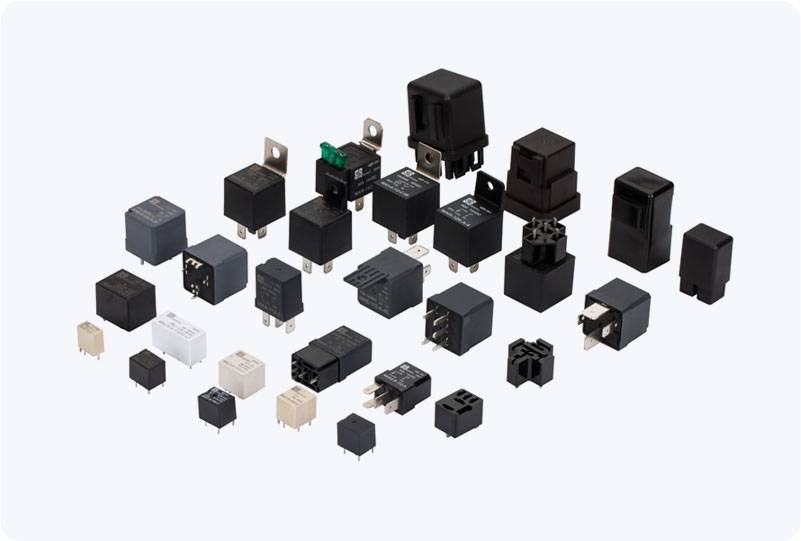Automotive relay coils are essential components in vehicle electrical systems, allowing the control of high-power circuits with low-power signals. These relays play a crucial role in ensuring the smooth operation of various systems, including lights, wipers, and even engine management. Understanding the specifications of automotive relay coils is vital for manufacturers, engineers, and technicians who need to design and maintain reliable automotive electrical systems. This article delves into the key specifications of automotive relay coils, which influence their performance, durability, and efficiency.

1. Coil Voltage The coil voltage is one of the most fundamental specifications of an automotive relay. It refers to the voltage required to energize the coil and activate the relay’s switching mechanism. Most automotive systems operate on a 12V or 24V DC power supply, with 12V being the standard for most passenger vehicles. When the voltage is applied to the coil, it generates a magnetic field that pulls the armature, closing or opening the relay’s contacts to control the high-power circuit. Understanding the required coil voltage is critical for ensuring that the relay operates correctly within the vehicle’s electrical system. Overvoltage or undervoltage conditions can cause the relay to malfunction, leading to system failures or even damage to the vehicle’s components.